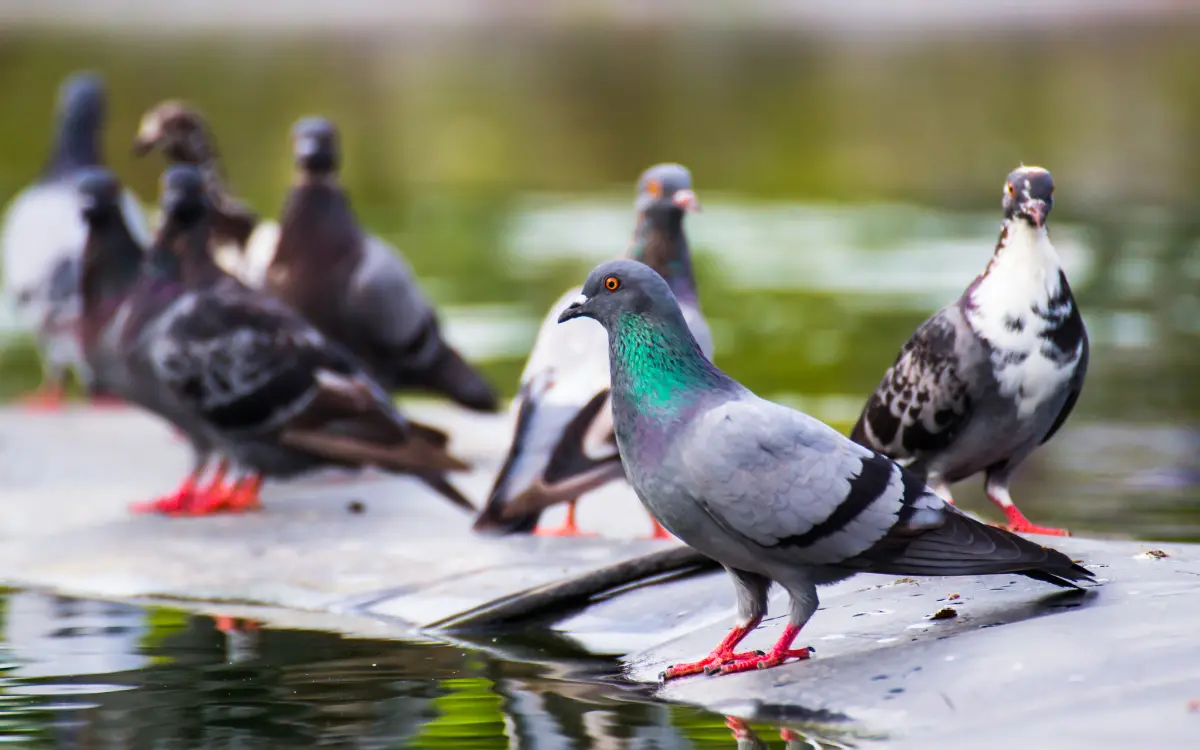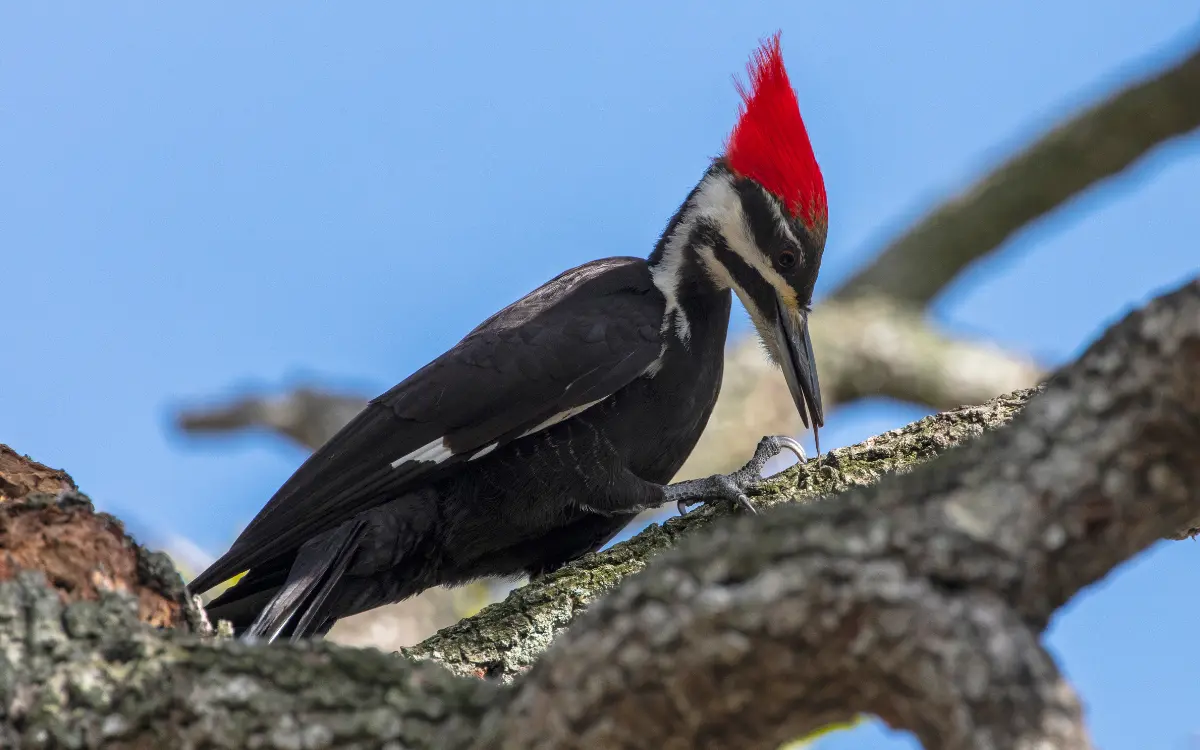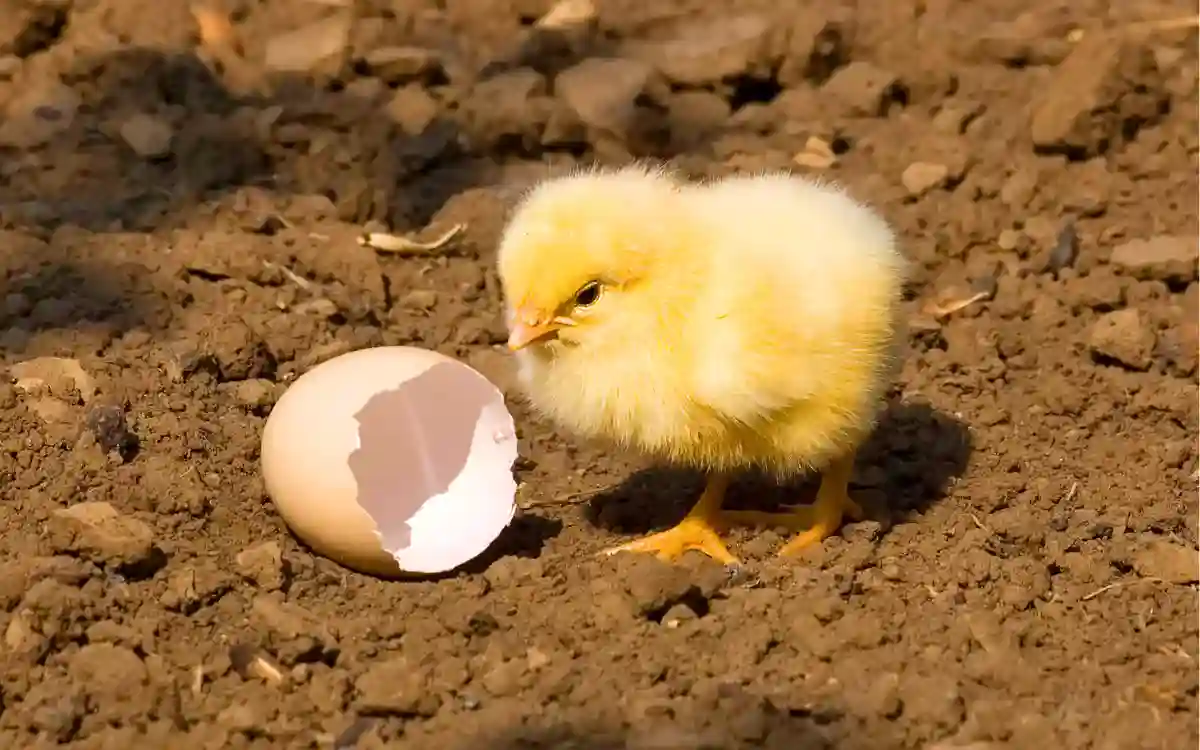How Long Do Hummingbirds Live? Lifespan, Traits & Species Guide
Hummingbirds are some of the smallest and most fascinating birds in the world, but how long do they actually live?
On average, hummingbirds live between 3 to 5 years in the wild, with some reaching up to 9 or even 10 years under the right conditions.Their lifespan depends on many factors, including food availability, migration stress, and natural predators.
In this guide, we’ll explore how long hummingbirds live, what traits help them survive, and how different species compare.
How Long Do Hummingbirds Live?
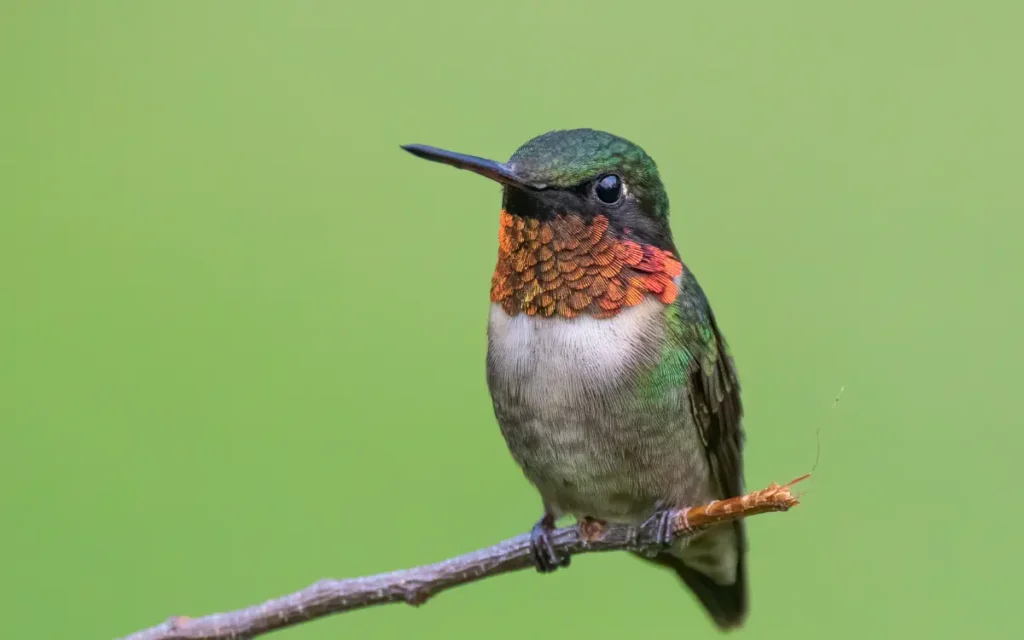
Call:-
Most hummingbirds have a surprisingly short lifespan, averaging 3 to 5 years. However, if a hummingbird survives the vulnerable stages of early life including threats from predators, harsh weather, and migration challenges, it can live up to 9 or 10 years. Captive hummingbirds, such as those cared for in aviaries, sometimes live even longer because they avoid dangers from the wild.
But in general, hummingbirds face many risks that keep their average lifespan relatively short compared to larger birds.
Quick Facts:
- Average Lifespan in the Wild: 3 to 5 years
- Maximum Lifespan Recorded: 9 to 10 years
- Survival Rate of Chicks: Less than 50% make it past their first year
What Factors Affect a Hummingbird’s Lifespan?
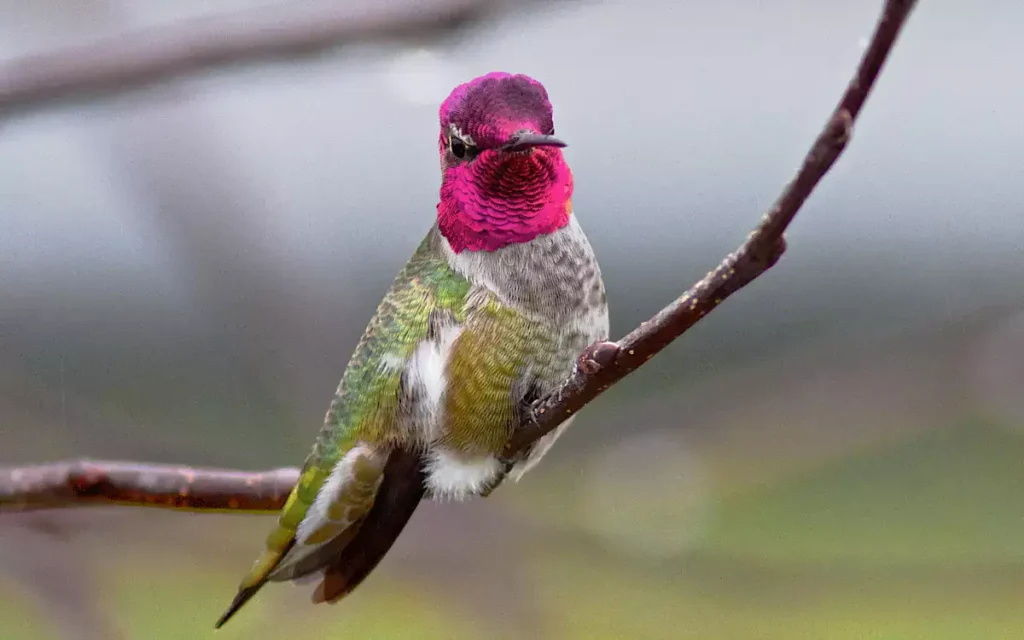
Calls:-
Several factors determine how long a hummingbird can live. These include:
- Predators: Hawks, snakes, and larger birds often prey on hummingbirds.
- Climate and Weather: Harsh winters, storms, and droughts can drastically reduce survival chances.
- Food Availability: Nectar-rich flowers, small insects, and spiders are critical. A lack of food can quickly lead to death due to their high metabolism.
- Migration Stress: Long migrations can be physically exhausting and expose hummingbirds to additional risks.
- Human Impact: Habitat loss, window collisions, and pesticide use are major threats caused by humans.
Each of these factors can shorten a hummingbird’s life dramatically, making their survival even more impressive.
Hummingbird Lifespan by Species
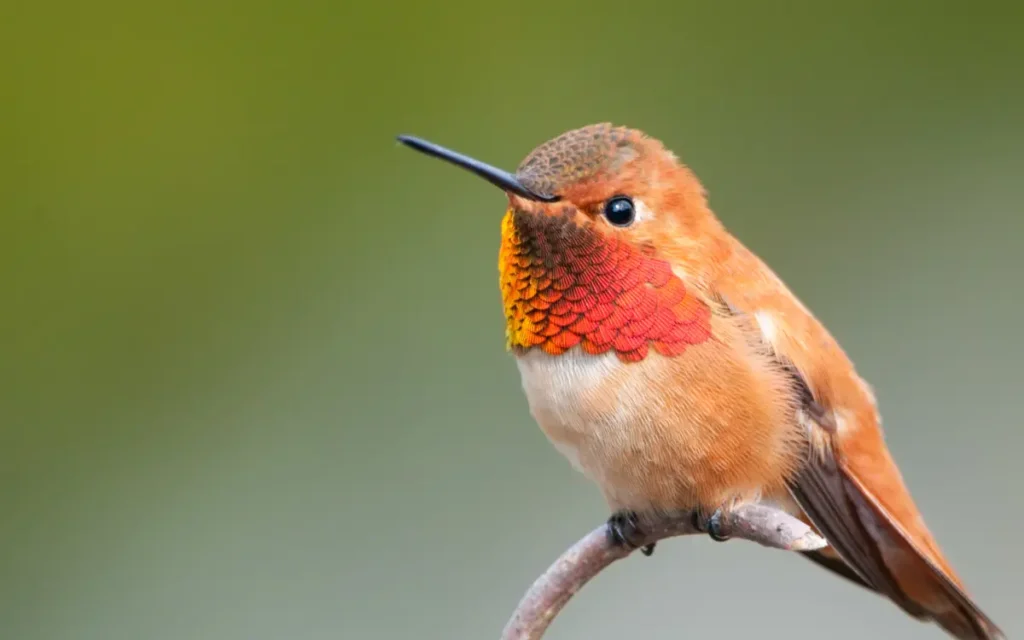
Call:-
While the average hummingbird lives between 3 and 5 years, different species show small but important differences in their expected lifespan.
Some species, thanks to their habitat, size, and behavior, tend to live slightly longer than others.
Here’s a table that breaks it down clearly:
| Species | Average Lifespan | Maximum Lifespan | Region |
| Ruby-throated Hummingbird | 3–5 years | 9 years | Eastern North America |
| Anna’s Hummingbird | 5–8 years | 9 years | West Coast USA |
| Rufous Hummingbird | 3–4 years | 5–6 years | Western USA to Mexico |
| Black-chinned Hummingbird | 4–5 years | 10 years | Western USA |
| Costa’s Hummingbird | 3–5 years | 8 years | Southwest US & Mexico |
Quick Breakdown:
- Ruby-throated Hummingbird: Known for their incredible migration from the eastern U.S. to Central America, most live about 3 to 5 years if they survive their first dangerous year.
- Anna’s Hummingbird: Adapted to urban gardens and parks along the West Coast, they often reach 5 to 8 years, one of the longer-lived species.
- Rufous Hummingbird: These fiery orange hummingbirds are famous for their aggressive behavior, but tend to have a shorter life span of around 3–4 years.
- Black-chinned Hummingbird: A resilient species that can reach up to 10 years, though most live about 4–5 years.
- Costa’s Hummingbird: These desert specialists survive intense conditions, living 3 to 5 years in the wild.
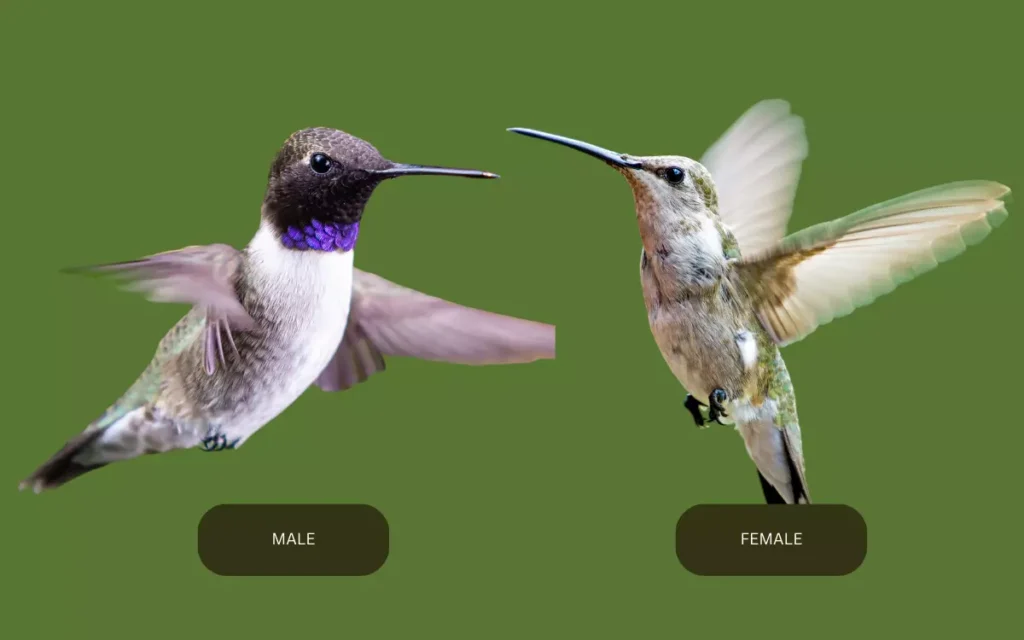
Call:-
Special Traits That Help Hummingbirds Survive
Despite their tiny size, hummingbirds have developed incredible traits that boost their chances of survival.
These adaptations allow them to endure harsh environments, escape predators, and thrive across the Americas.
Here are the most important traits that help hummingbirds survive:
High-Speed Wingbeats
Hummingbirds can beat their wings up to 80 times per second, allowing them to hover in place, fly backward, and change direction instantly.
This agility makes it harder for predators to catch them and lets them access flowers that larger birds cannot reach.
Rapid Metabolism
Hummingbirds have the fastest metabolism of any bird species.
They burn energy quickly, which means they must eat almost constantly — feeding on nectar, insects, and spiders.
This high-energy lifestyle keeps them active and responsive to danger.
Specialized Feeding Techniques
Their long, slender beaks and rapid-flicking tongues are perfectly adapted to drinking nectar deep within flowers.
This specialized feeding method allows them to access a food source that many other animals can’t.
Iridescent Feathers
Hummingbirds’ colorful feathers are not just for show — they can help them blend into flowered backgrounds or appear brighter during courtship displays.
The shimmering effect can confuse predators or intimidate rivals.
Nesting Behavior
Female hummingbirds build tiny, well-camouflaged nests made from plant fibers and spider silk.
These nests are usually placed on tree branches, hidden from view, helping to protect eggs and chicks from predators.
Read also: 40 Amazing Hummingbird Facts
Behavior That Extends or Shortens Their Life
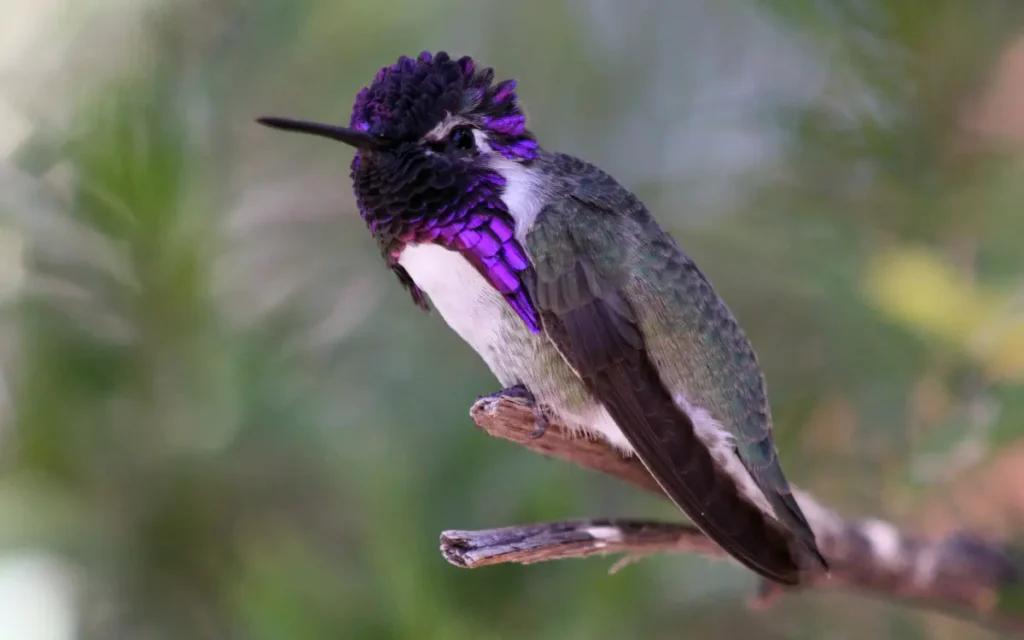
A hummingbird’s behavior can make a big difference in how long it survives.
Certain habits help them live longer, while others expose them to more risks.
1. Feeding Habits
Hummingbirds feed every 10 to 15 minutes during the day.
They rely on a combination of nectar for energy and insects and spiders for protein.
Birds that find reliable food sources — like flower gardens and feeders — maintain better health and survive longer.
Risk:
In areas with scarce flowers or during migration, hummingbirds can starve quickly because of their high metabolism.
2. Avoiding Predators
Quick reflexes and excellent flying skills help hummingbirds dodge threats from:
- Hawks
- Snakes
- Domestic cats
- Larger birds
Birds that remain alert, stay camouflaged, and avoid open spaces have a much higher survival rate.
3. Migration Patterns
Many hummingbird species, like the Ruby-throated Hummingbird, travel over 500 miles during migration without stopping.
Birds that time their migration perfectly leaving when flowers are blooming along their route are more likely to survive.
Risk:
Bad weather, exhausted food supply, or flying too late in the season can lead to death during migration.
4. Territorial Behavior
Some species, like the Rufous Hummingbird, are extremely territorial.
Defending a good feeding territory helps ensure a steady supply of food, which supports long-term survival.
Risk:
Aggressive fights over territory can lead to injuries, making them more vulnerable to predators.
FAQs
How long do hummingbirds live in the wild?
In the wild, most hummingbirds live between 3 and 5 years.
However, surviving the first year is the hardest part — many chicks don’t make it due to predators, harsh weather, or migration stress.
Those that reach adulthood can sometimes live up to 9 or even 10 years.
What’s the oldest recorded hummingbird?
The oldest known wild hummingbird was a Ruby-throated Hummingbird that lived over 9 years and 1 month, according to bird banding records.
This shows that, while rare, some individuals can reach impressive ages when conditions are right.
Do female hummingbirds live longer than males?
In many hummingbird species, females tend to live slightly longer than males.
Females avoid the risks associated with aggressive territorial fighting, which is more common among males, especially during the breeding season.
Can hummingbirds survive cold weather?
Yes, but only if they can find enough food and shelter.
Some species, like Anna’s Hummingbird, are well adapted to cooler temperatures.
They slow their metabolism through a process called torpor, allowing them to conserve energy during cold nights.
How do hummingbirds sleep?
At night, hummingbirds enter a deep sleep state known as torpor.
During torpor, their heart rate and body temperature drop significantly, conserving energy so they can survive until morning when they resume feeding.


